Nd Filter What Is It Used For?
Understanding ND Filters and Their Uses in Photography
As photographers continually seek to master their craft, they inevitably encounter various tools and accessories that promise to improve their work. One such tool is the Neutral Density (ND) filter—an indispensable piece of equipment that can significantly enhance the versatility and quality of images captured. In this article, we will thoroughly explore ND filters, shedding light on what they are, their primary uses, variations, and how to effectively employ them to elevate your photography.
What is an ND Filter?
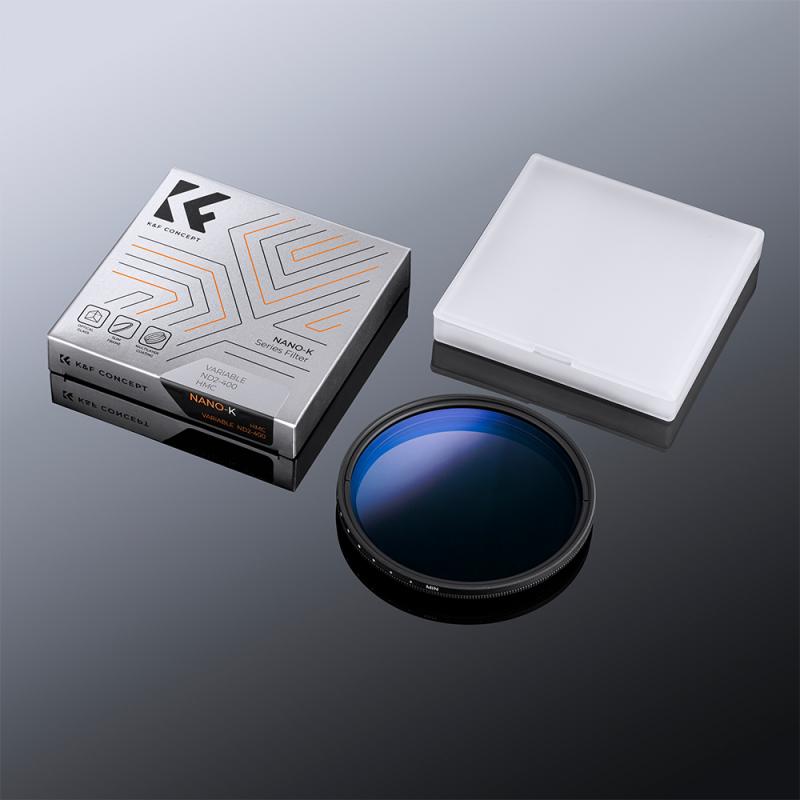
At its core, a Neutral Density (ND) filter is a piece of optical material, typically glass or high-quality resin, designed to reduce the amount of light that enters the camera lens without altering the color or tint of the image. By doing so, ND filters allow photographers to have more control over their exposure settings, particularly in bright lighting conditions where managing exposure can be challenging.
Primary Uses of ND Filters
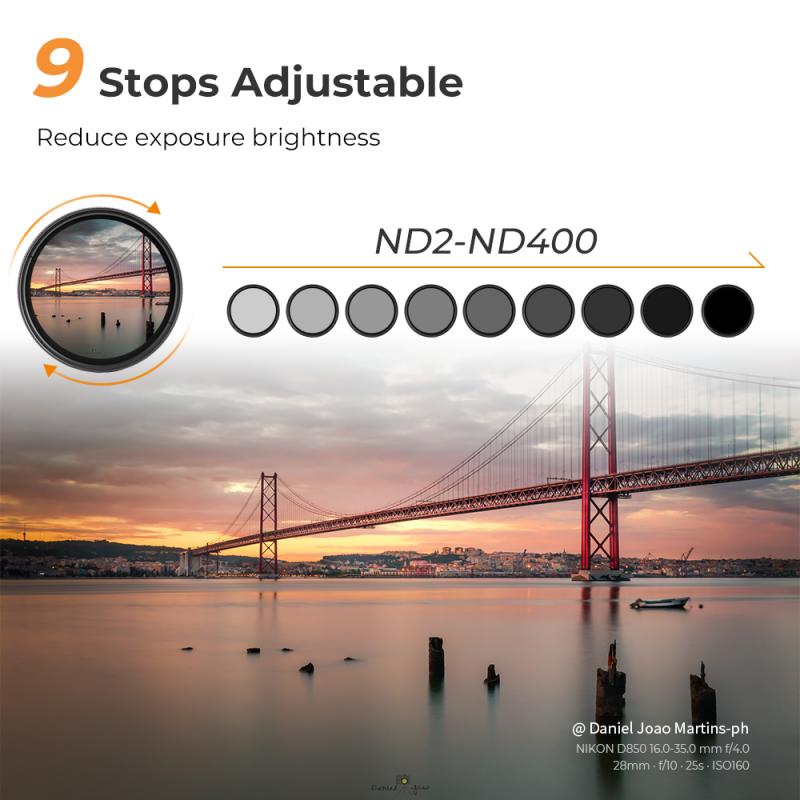
1. Extended Shutter Speeds for Creative Effects:
One of the most popular uses of an ND filter is to enable extended shutter speeds, even in broad daylight, to produce creative effects such as motion blur. For example, when photographing waterfalls, rivers, or oceans, an ND filter allows for longer exposures, resulting in a smooth, ethereal appearance in the water while keeping stationary elements sharp.
2. Control Over Depth of Field:
ND filters are invaluable when you want to achieve a shallow depth of field in bright lighting conditions. For instance, in portrait photography under strong sunlight, using a wide aperture (like f/1.4 or f/2.8) is challenging without risking overexposure. An ND filter can reduce the light entering the lens, allowing you to maintain a wide aperture and thus a beautifully blurred background.
3. Preventing Overexposure in Video:
Videographers frequently struggle with overexposure, particularly when shooting outdoors. By attaching an ND filter to the camera lens, videographers can maintain a fixed shutter speed (often double the frame rate for natural motion blur) and a wide aperture without risking overexposure, resulting in cinematic-quality footage.
4. Creating Dramatic Effects in Landscape Photography:
Landscape photographers often use ND filters to capture dramatic skies and dynamic scenes during daytime. By allowing for longer exposures, an ND filter can help you capture the movement in clouds or waves, creating a sense of motion and time passage, enhancing the storytelling of your image.
5. Balance Exposure in High-Contrast Situations:
An ND filter might be used to balance exposure across an image in high-contrast situations, such as during sunrise or sunset. Graduated ND filters, in particular, are designed to darken only a portion of the frame, which can help manage scenes with extreme differences in light levels—like a bright sky above a dark foreground.
Types of ND Filters and Their Varieties
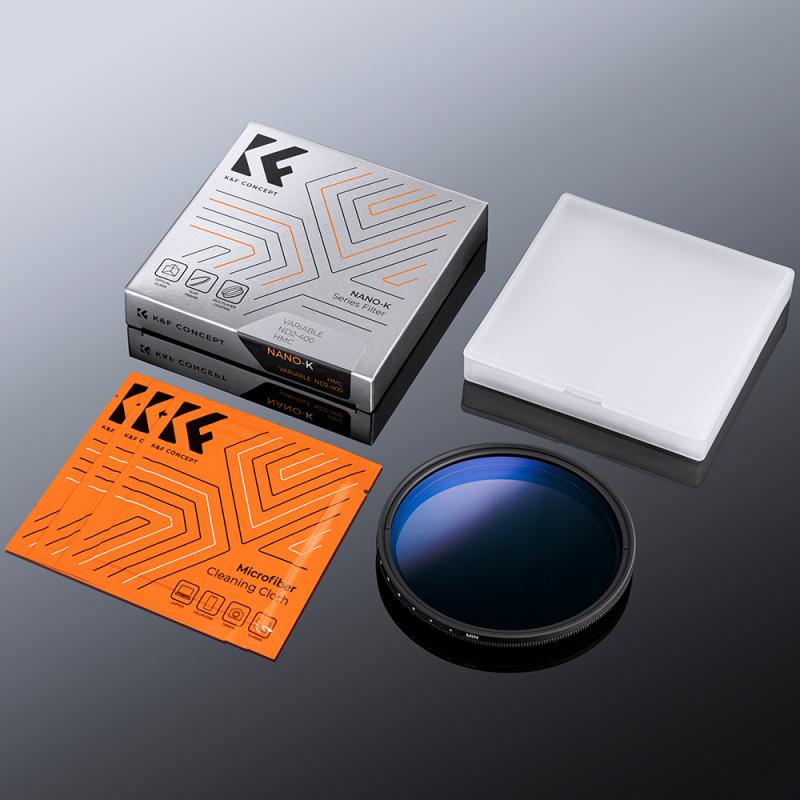
ND filters come in different styles and strengths, each serving specific needs and preferences:
1. Fixed ND Filters:
These filters come with a designated light-reducing capability, such as ND2, ND4, ND8, etc. Their naming convention generally indicates the level of light reduction: ND2 reduces by one f-stop, ND4 by two f-stops, ND8 by three f-stops, and so on. They are straightforward and simple to use, making them a favorite for photographers who need consistent exposure control.
2. Variable ND Filters:
Variable ND filters offer a range of light reduction levels, usually achieved by rotating the filter. They provide flexibility, allowing photographers to adjust the density quickly without changing filters. This kind of filter is particularly useful for videographers who need to adapt to changing lighting conditions without interrupting their shooting flow.
3. Graduated ND Filters:
These filters are split into two sections: a darkened part and a clear part. They are ideal for scenes with a stark difference in brightness between different areas, such as the sky and ground in landscape photography. By rotating and positioning the filter appropriately, photographers can balance the exposure across the scene.
Practical Tips for Using ND Filters Effectively
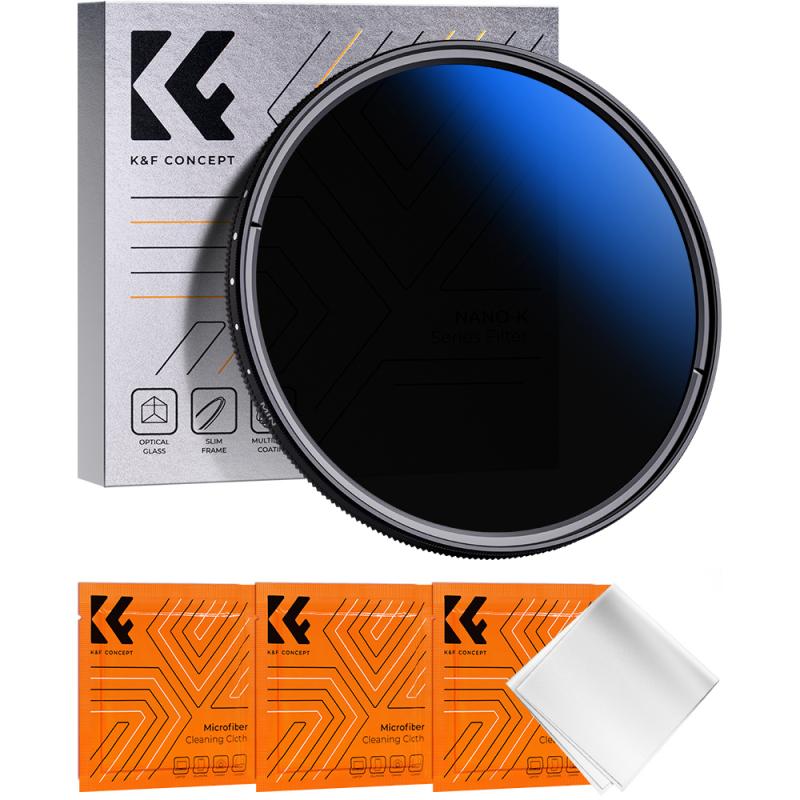
Using an ND filter effectively requires understanding the specific scenario you are working with and choosing the right filter for the job. Here are some practical tips to enhance your use of ND filters:
1. Assess the Lighting:
Before using an ND filter, evaluate the lighting conditions. Understand the brightness level and what kind of light reduction you need to achieve your desired effect. This helps in selecting the correct ND filter strength.
2. Use a Tripod:
Many situations that require ND filters also necessitate longer exposure times. A tripod is essential to avoid camera shake and ensure sharp images, particularly for extended exposures used in landscape and water photography.
3. Combine Filters if Needed:
Sometimes, a single ND filter may not provide enough light reduction. In such cases, stacking multiple ND filters can achieve the desired effect. However, be aware that stacking filters can introduce additional vignetting and lens flare, so evaluate the trade-offs.
4. Practice Composition and Timing:
When photographing scenes with moving elements like water or clouds, carefully compose your shot and consider the timing of movement. Remember that longer exposures elongate the depiction of these elements, creating dramatic effects. Practice to refine your sense of timing for capturing the moment just right.
5. Double-Check Focus and Exposure:
ND filters can make it challenging to see through the lens, especially in darker settings. Before you attach the ND filter, manually set your focus and compose your shot. Once the filter is in place, double-check your exposure settings, as the reduced light will require adjustments to shutter speed, aperture, or ISO.
Neutral Density filters are powerful tools that can open up a world of creative possibilities for photographers and videographers alike. By understanding what ND filters are and how to use them effectively, you can take better control of your exposure settings, create stunning creative effects, and produce high-quality images and videos even in challenging lighting conditions. Whether you're aiming for silky smooth water, cinematic footage, or balanced exposures in high-contrast scenes, mastering the use of ND filters is a significant step in the journey toward photographic excellence.


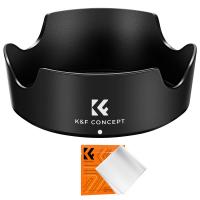
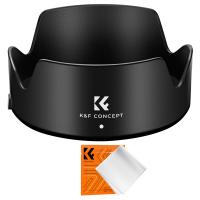
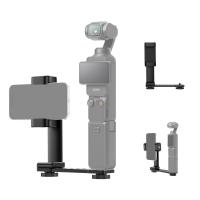
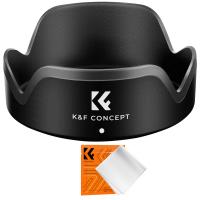


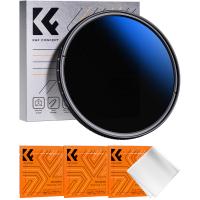


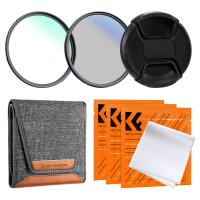
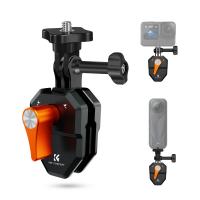




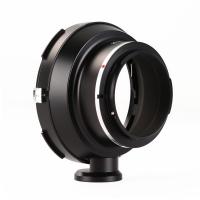


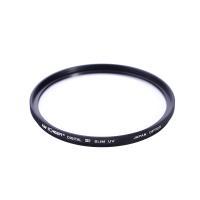

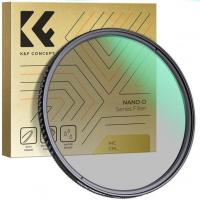
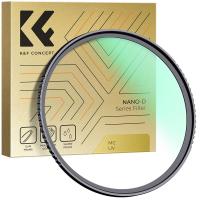

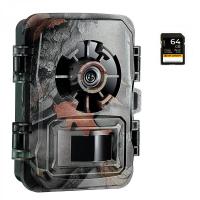
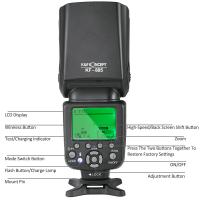
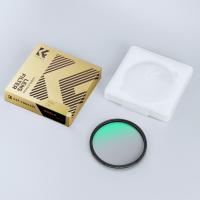
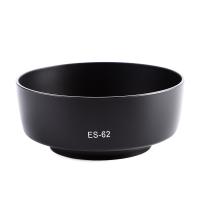
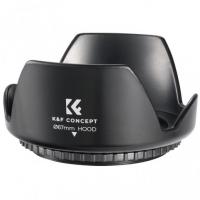


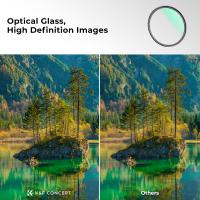

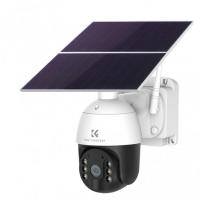


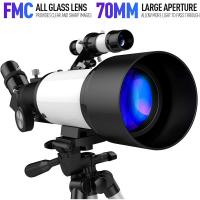
There are no comments for this blog.